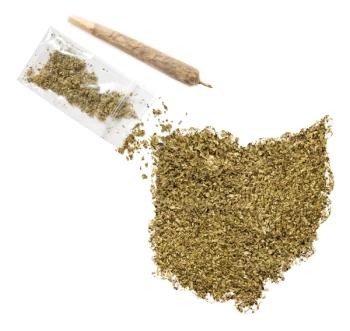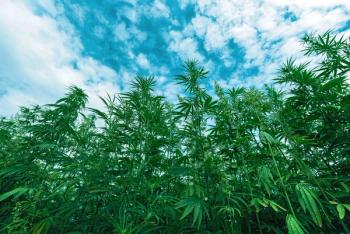
Indoor Cannabis Grow: Optimizing Insulation
Key Takeaways
- Building material composition and climate impact insulation choices for cannabis grow operations. Closed cell spray foam is a cost-effective, industry-standard option.
- Local building codes dictate R-value requirements, which can vary significantly. Compliance is crucial for energy efficiency and legal adherence.
Adam Jacques and Nadia Sabeh, PhD discuss what to consider when insulating an indoor cannabis grow operation.
In this interview, Adam Jacques, owner of AgSense, LLC, explains the impact of climate and building materials when considering how to insulate an indoor cannabis grow operation.
Mechanical and agricultural engineer, Nadia Sabeh, PhD, PE, LEED, AP founder of Dr. Greenhouse, also explains the importance of checking your region's building codes as well.
Read more in our feature article,
Transcript:
Adam Jacques: When we're talking about what is the best way to do this insulation, one, we need to look at what is the building made out of? What is the composition of the building? Is it a wood frame? Is it a steel frame? Things of that nature. We need to look at how much heat is being put onto the building. Are you in Death Valley, or are you in Kelowna, BC, how much radiant heat are you getting on the building. That could be helped with specific paints and stuff to disperse heat. But a lot of time you have people growing in metal buildings with wooden structures, which is kind of the worst of both worlds. And so when you're looking at the insulation on the inside, generally, they're going to tell you somewhere around seven, R value is going to be fine. Some people are going to go up to 12. I would say that that kind of closed cell spray foam that they're using now has been industry standard for about five years, and it's on top of that, it's cheaper than everything else too, so even at home, I would use it.
Nadia Sabeh: You need to make sure that you are meeting your local building codes. Because every state, even local jurisdictions within states are use a different energy code or build mechanical code, building code of different vintages, I would say. As time has moved on, right, those R values have mostly increased. But, we have seen, I trying to remember where, there's some really cold climate states, probably like Minnesota, Michigan, Maine, some of those northern climates where the requirement is R 50 for a wall. So we might say it needs to be at least R 30. But you should also make sure that you check your building code to make sure that you are meeting that. Because if you think it should be, if I'm telling you our 30, but your building code says R 50, you better put in our 50 and be grateful for it, honestly.
Newsletter
Unlock the latest breakthroughs in cannabis science—subscribe now to get expert insights, research, and industry updates delivered to your inbox.





